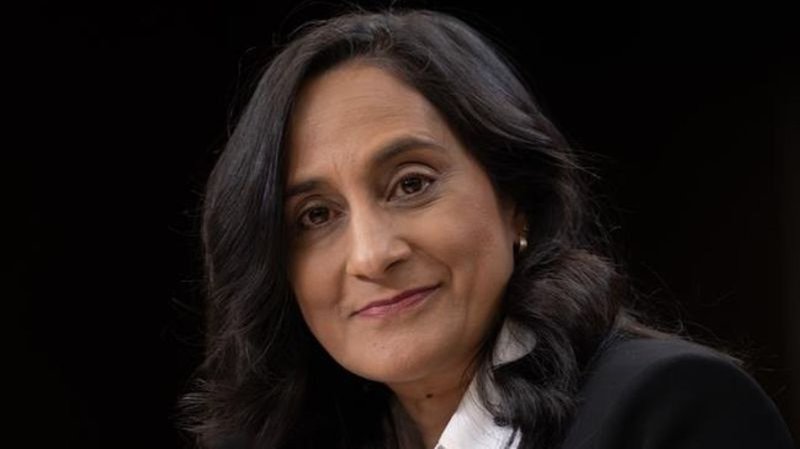
First, she aimed to transform Canada’s military culture. The public service is next
OTTAWA — Corporate boardrooms. Military barracks. Federal government offices.
They’re not locales with a reputation for fostering diversity.
Anita Anand has been trying to change that.
Ensuring people of all backgrounds feel accepted and heard no matter the venue is a mission that has followed her at every stage in her life and career, she said in a recent interview.


